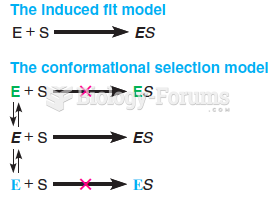Answer to Question 1
Short introduction followed by three sectionswhich successively develop and extend the same materialand ended with a free-meter coda
Harmonics - lightly stopping a string while plucking it; sliding from tone to tone; legato sound multiple tones coming from one pluck; alternating between an open and stopped string, or between a soft and strong pluck, or between a clean attack of the tone and a slide into the tone; vibrato a slight pulsating in the pitch of a tone, which is though to add richness to the tone; pitch-bending - pressing a stopped string to produce a rise in pitch
Answer to Question 2
The qin is a sevenstring zither, a type of chordophone where the strings are stretched over a convex length of wood, which is also the top of a hollow resonating chamber. (This hollow resonating chamber amplifies the instrument's tones.) The strings are now of metal with differing thicknesses and are drawn across the length of the top board before passing over a low bridge near the end of the board. From here each string passes through a drilled hole in the board and is secured to tuning pegs on the underside. Thirteen inlaid studs along the side of the instrument show the player where to stop the strings to produce various pitches. The strings can be plucked singly or in combination, strummed one after another, and played both open and stopped. Many other subtle tonal variations can be also be created on the instrument including tapping/rubbing/striking the instrument itself. See also accompanying photos of the qin in WOM.
CD 2:15 Three Variations on Yang Pass (piece for solo qin)
Follow the Close Listening guide as you listen to the selection.







